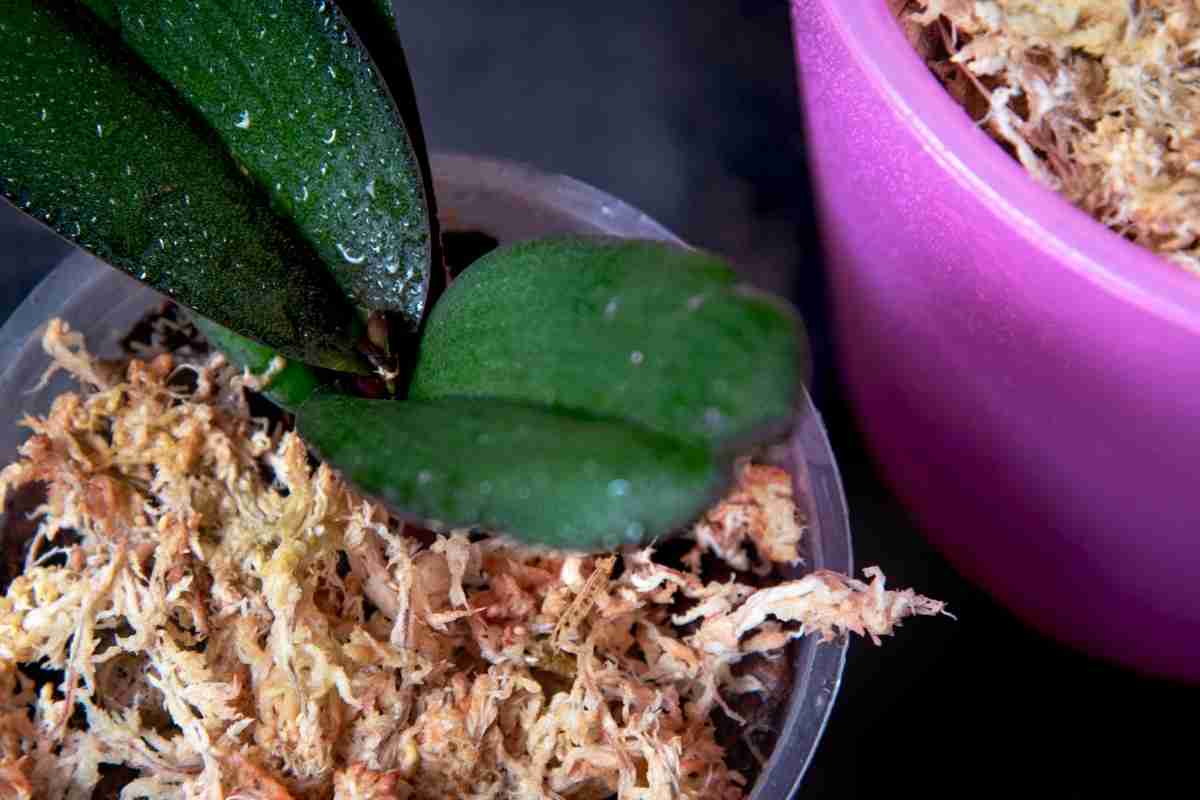
How to Grow Moss with Yogurt? Step By Step Guide!
Read more
7 Easy Tips To Make Moss Grow Faster!
Read more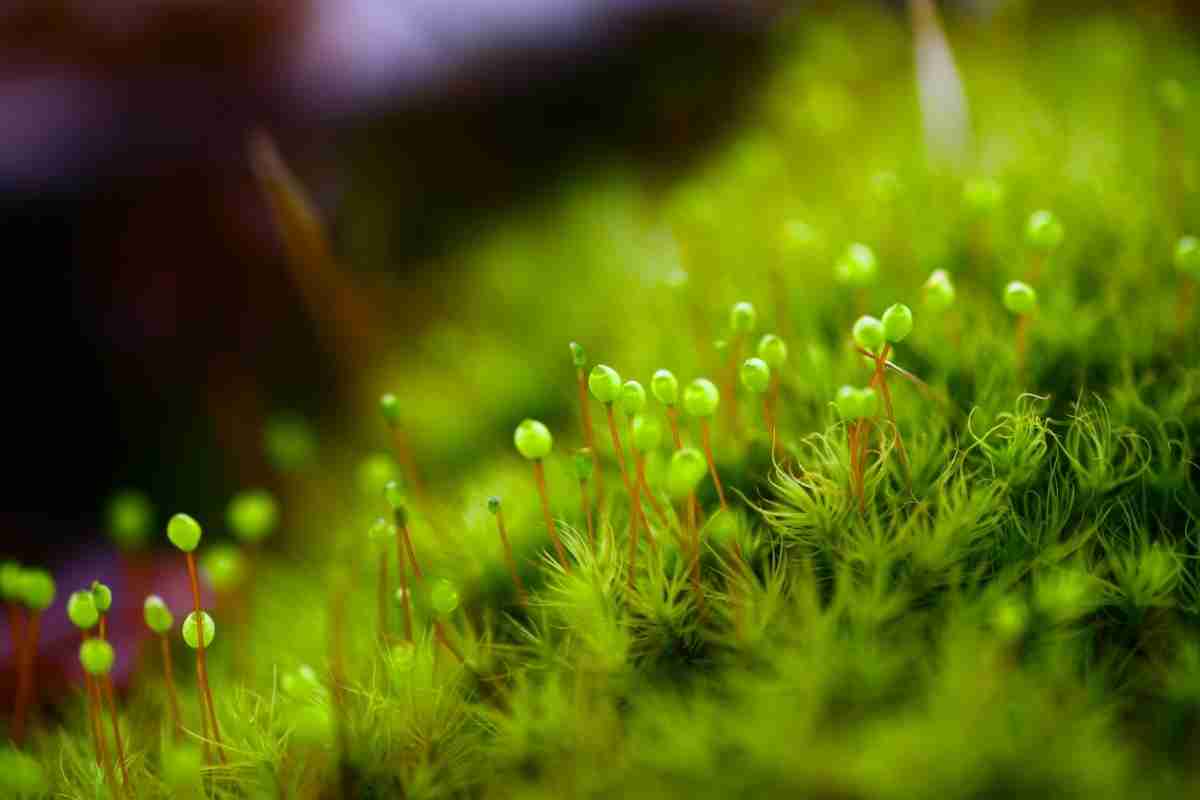
How Does Moss Reproduce? (Asexually And Sexually)
Read more
Buttermilk To Grow Moss: Weird, But Effective!
Read more
What to do if your Christmas moss turns brown or yellow? Find out how to bring your moss back to life
Read more
Does Sphagnum Moss Mold? Causes & Prevention
Read more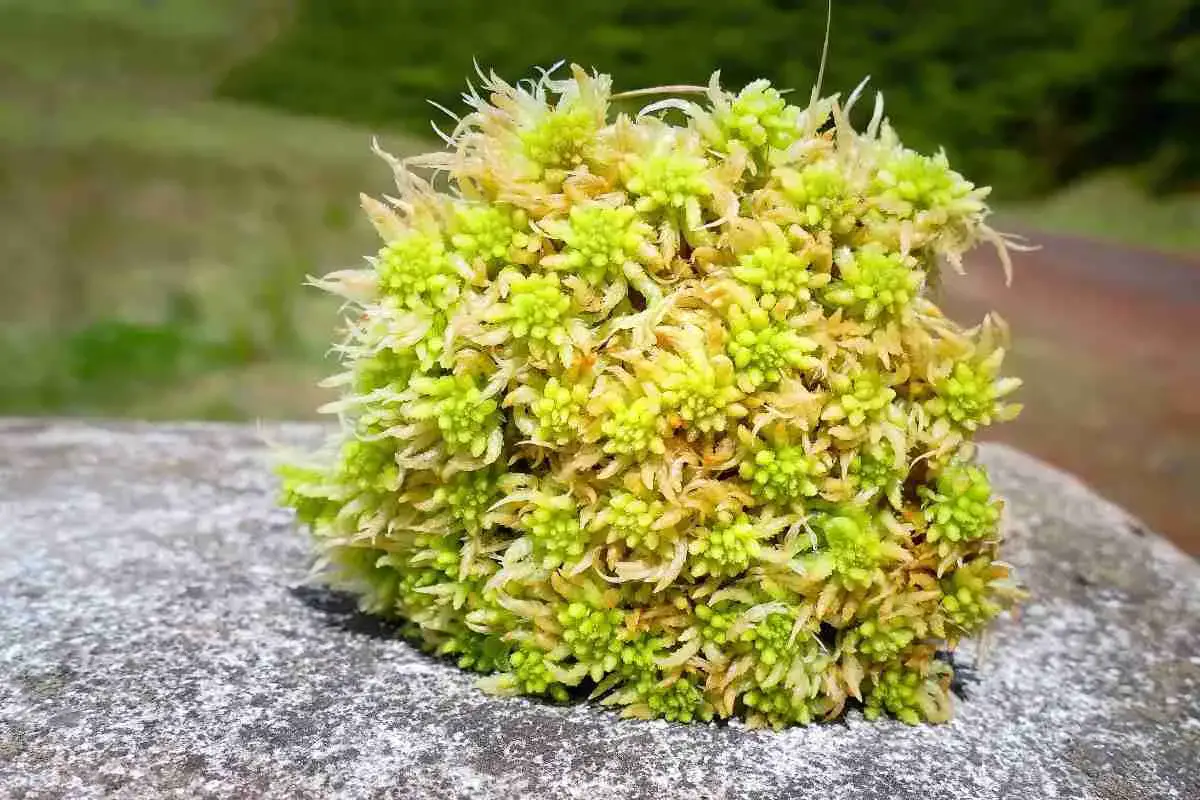
Does Sphagnum Moss Turn Green? Live Or Dried
Read more
How To Remove Moss From A Roof With Vinegar?
Read more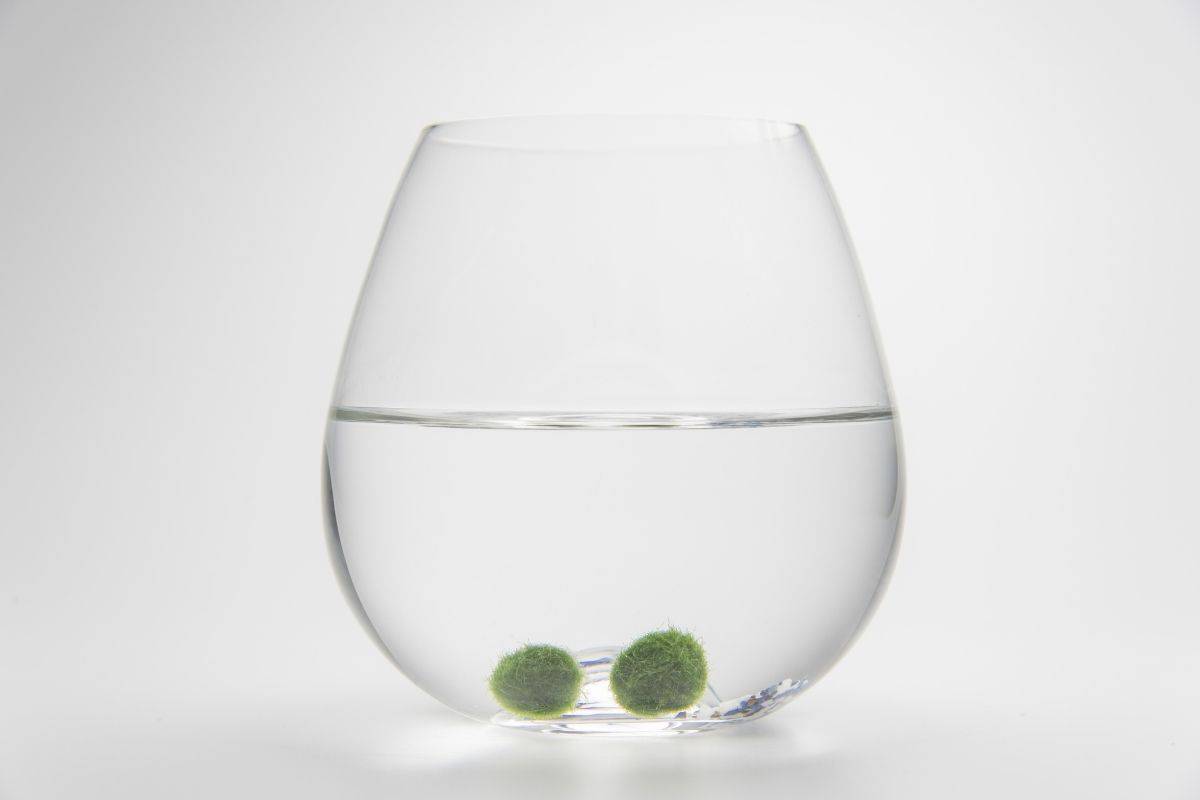
Do Moss Balls Need Light? The Ultimate Question!
Read more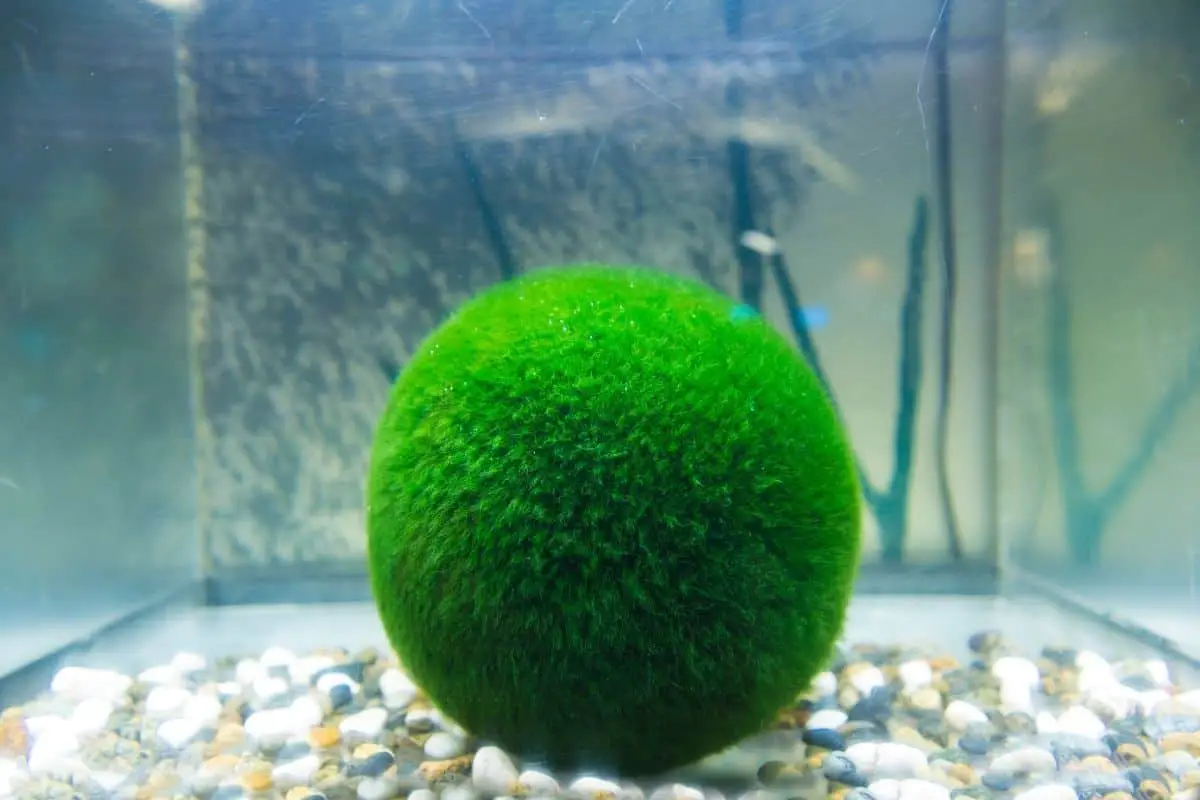
Do Moss Balls Need Food? Moss Ball Care!
Read more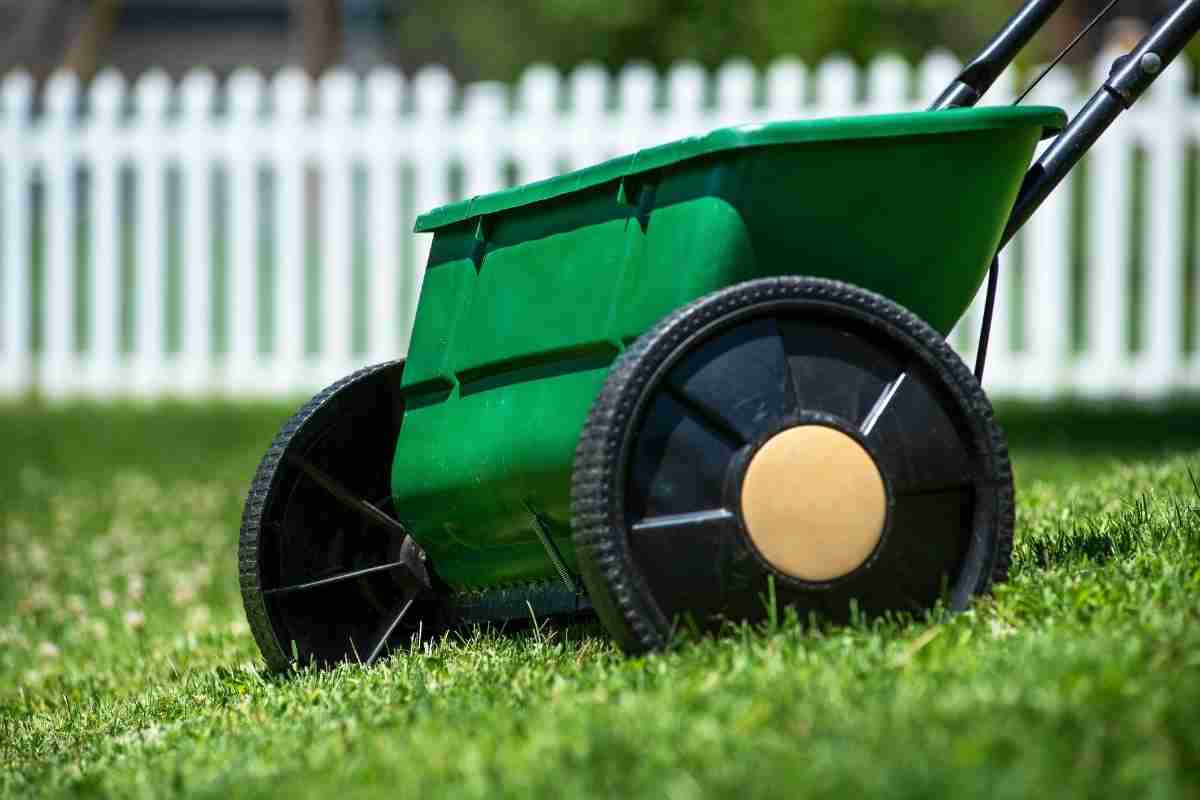
7 Peat Moss Spreaders: Perfect To Use On Lawns
Read more